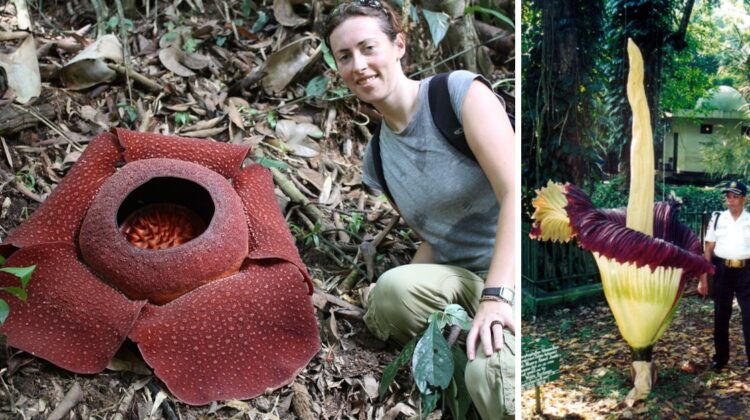
One of the most diverse groups of life on Earth are flowering plants, and those with the largest flowers are the best examples of how far evolution has progressed.
Here are five of the largest flowers in the world, ranging from the three-foot-diameter “corpse flower” to a type of magnolia with a flower larger than a grown man’s hand.
Corpse Flower (Rafflesia arnoldii)
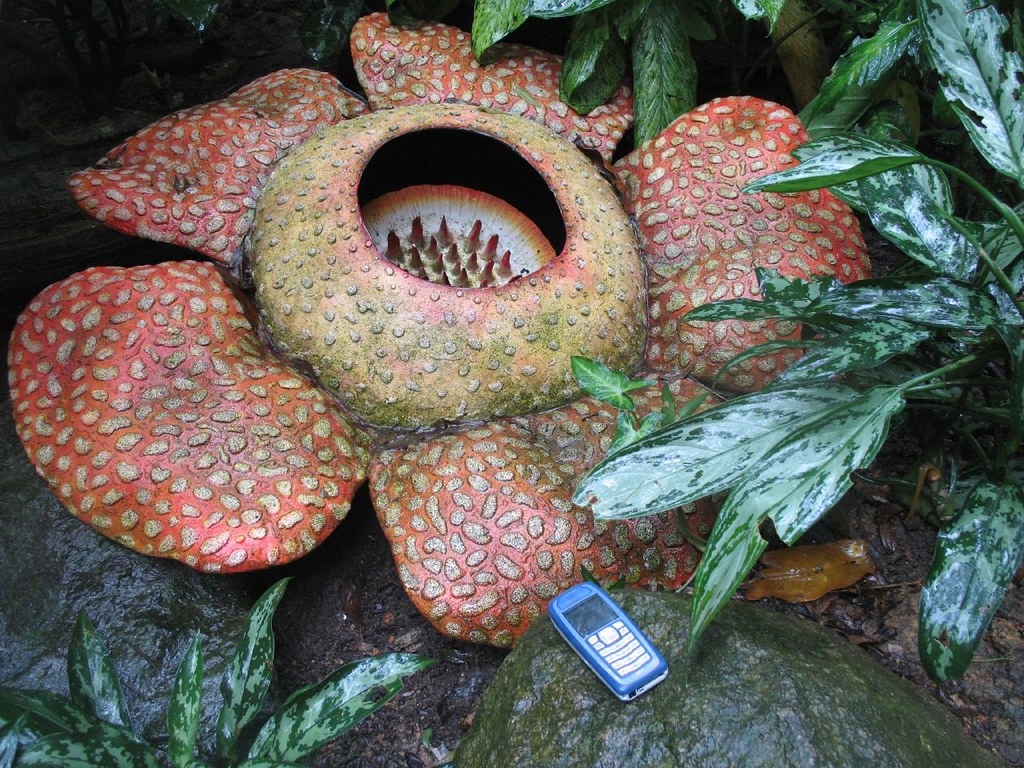
Rafflesia arnoldii, one of Indonesia’s three national flowers, belongs to the monster flower genus and is renowned for having the biggest single flower on Earth. Its fully developed flower rises above the ground as a thick, fleshy, five-lobed structure with a diameter of about one yard (almost one meter), weighing up to 11 kg (24 pounds), and. The enormous flowers emerge from enormous, cabbage-like buds that are typically 12 inches (30 cm) across, but the biggest (and largest flower bud ever recorded) was discovered at Mount Sago, Sumatra in May 1956, measuring 17 inches (43 cm) across.
The corpse flower stays open for five to seven days and emits an unpleasant smell that draws flies and beetles, which are thought to be the pollinators.
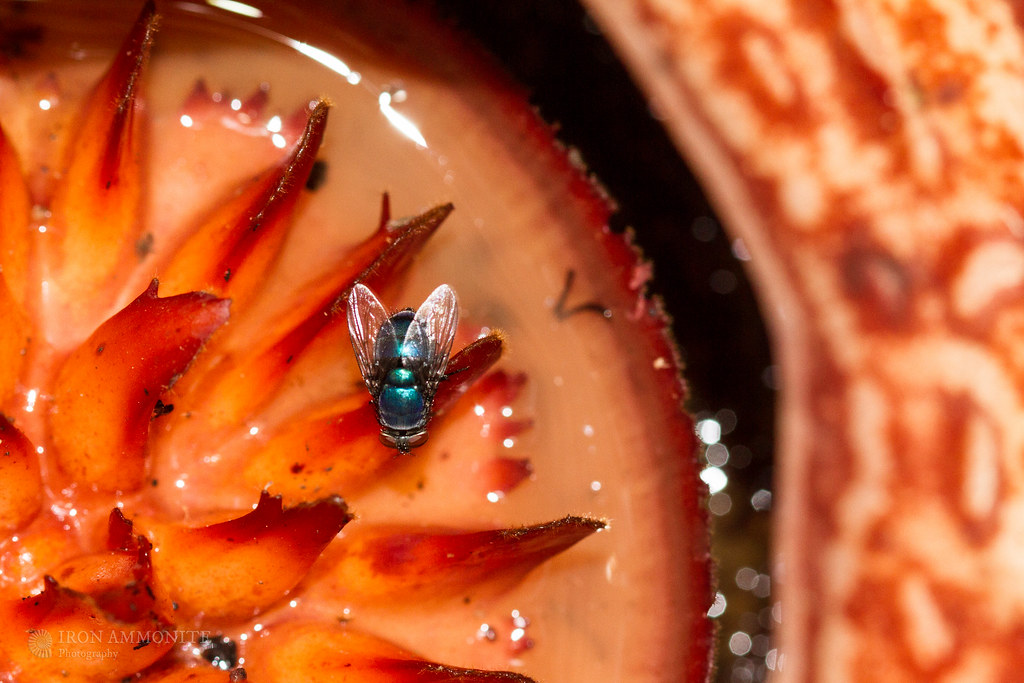
The only distinguishable plant-like features of Rafflesia arnoldii are its enormous flowers, which are only visible when the parasite is ready to reproduce and emerge from the host plant. It can only be found on the vine Tetrastigma’s tendrils, which can only be found in pristine rainforest. This indicates that the habitat of the largest flower in the world is rapidly disappearing.
Titan Arum (Amorphophallus titanum)
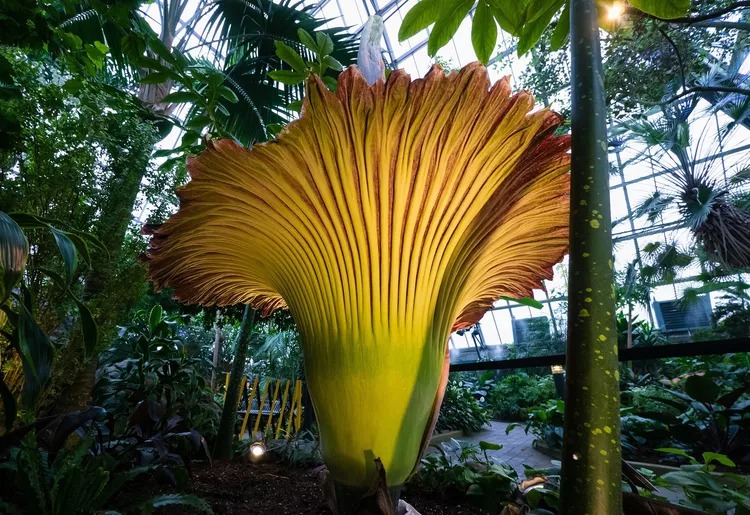
Choosing the “largest flower” title is a difficult task because it involves more than just counting blooms. Even though the enormous Amorphophallus titanum has the largest unbranched (non-tree growing) inflorescence, which can grow to over 10 feet in height, it is not a single flower; rather, it is made up of hundreds of tiny buds that are all growing on the same stalk.
Due to its smell, which resembles decaying flesh, it is also known as corpse flower, just like Rafflesia arnoldii. It is a carrion flower that attracts different kinds of flies, bees, and other insects for pollination using its unpleasant scent.
The berries of the titan arum are arranged in a regular cylindrical form, like spheres crammed inside a cylindrical enclosure.

Native to Sumatra, Indonesia, the plant remains rare there but is now cultivated in gardens around the world. Blooms remain infrequent, however, both in the wild and in captivity.
Sunflower (Helianthus annuus)

Sunflowers are well-known and adored by all, but fewer people are aware of their potential for extremely large growth. The tallest sunflower was about three times larger than the typical 10 feet (3 meters) height of their upright, rough-hairy stem!
The tallest sunflower in the world, according to giantgardening.com, which keeps records, was raised by Hans-Peter Schiffer in Germany back in 2016. The height of that flower was 30 feet, 1 inch (9.17 meters).
Schiffer is an expert at growing enormous sunflowers; he’s previously held the record twice.

But its not only the height of sunflowers that can reach into the extremes, as the flowers themselves can reach a whopping two feet (60 cm) in diameter. The largest sunflower head on record was grown by Emily Martin of Maple Ridge, British Columbia, Canada in September 1983, and it measured 32.25 inches (82 cm).
Lotus (Nelumbo nucifera)
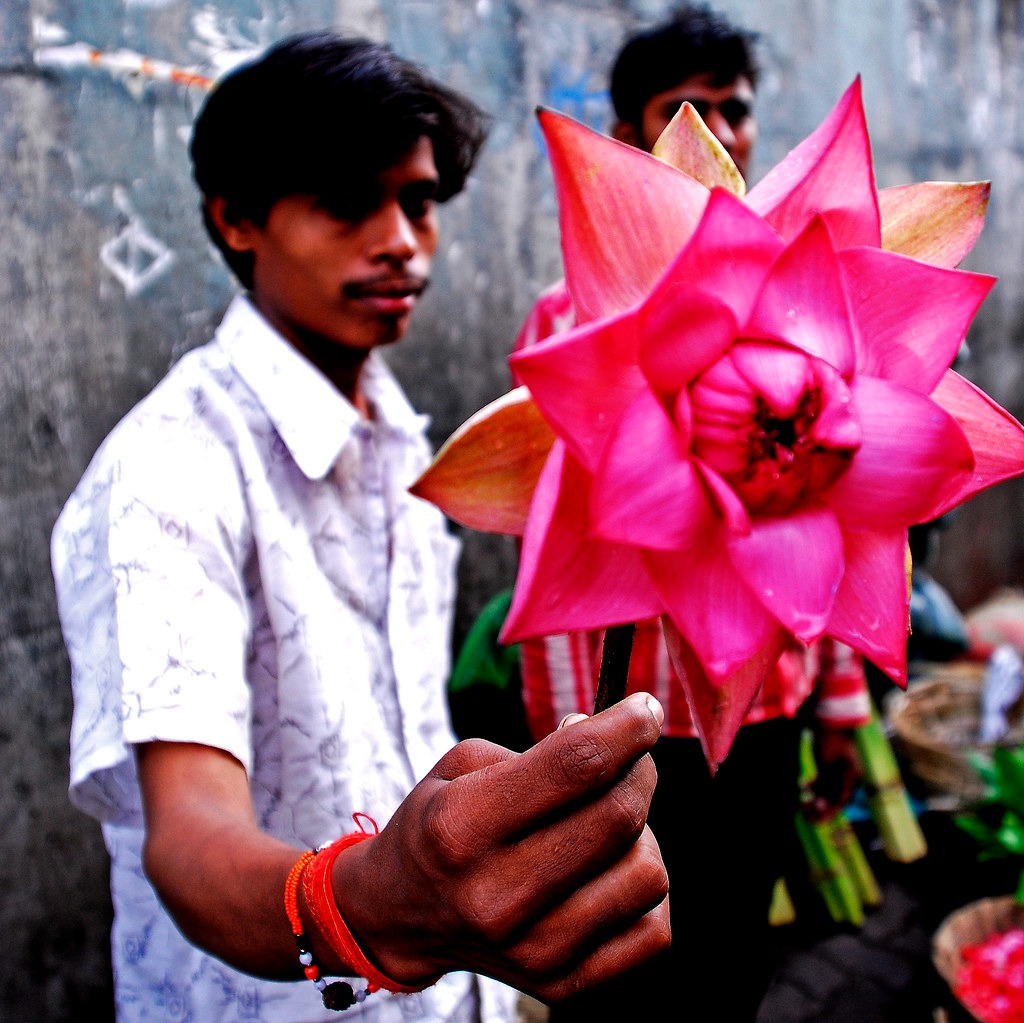
Having a very wide native distribution ranging from India and Sri Lanka, through northern Indochina and East Asia, to New Guinea and Australia, lotus plants are adapted to grow in the flood plains of slow-moving rivers and delta areas, where an individual plant can drop hundreds of thousands of seeds onto the waterbed every year.
While lotus leaves float on, or are held above, the water’s surface, the flowers usually grow on thick stems rising several centimeters above the leaves. The leaf stalks can reach 6-7 feet (about 200 cm) in length, and the leaves themselves may be as large as 31 inches (80 cm) in diameter. The beautiful flowers can reach as much as 12 inches (30 cm) across, but 14 inches (35 cm) have also frequently been reported. Some cultivated varieties have extraordinary numbers of petals, even up to 5000 – the greatest number recorded for any plant species.

Similarly to humans and other warmblooded animals, the lotus plant has the remarkable ability to regulate the temperature of its flowers to fall within a narrow range. Australian scientists found that lotus flowers blooming in the Adelaide Botanic Gardens maintained a temperature of 86–95 °F (30–35 °C), even with the air temperature dropping to 50 °F (10 °C). They suspect the flowers may be doing this to attract coldblooded insect pollinators.
Magnolia (Magnolioideae)

Also having a worldwide distribution, Magnolia is an ancient genus of about 210 to 340 flowering plant species named after French botanist Pierre Magnol (and not because the flowers are so magnificent, or even magnified). Appearing before bees evolved (fossils of plants indentifiably belonging to the Magnoliaceae family date to 95 million years ago), the flowers of Magnolia species are thought to have evolved to encourage pollination by beetles. To avoid damage by the latter, the carpels of Magnolia flowers are extremely tough.
Out of all Magnolia species, Magnolia ‘Atlas’ boasts the biggest flowers, reaching a whopping 14 inches (35 cm) across.

The blooming beauty of nature at its height – or width, for that matter.

Leave a Reply